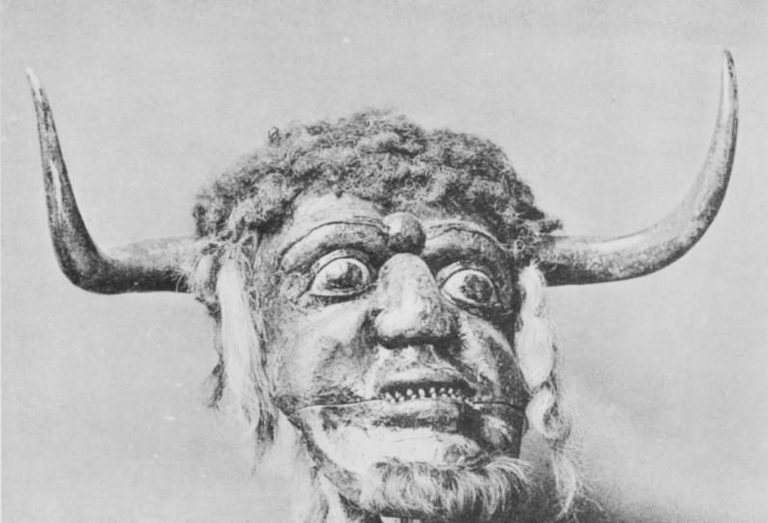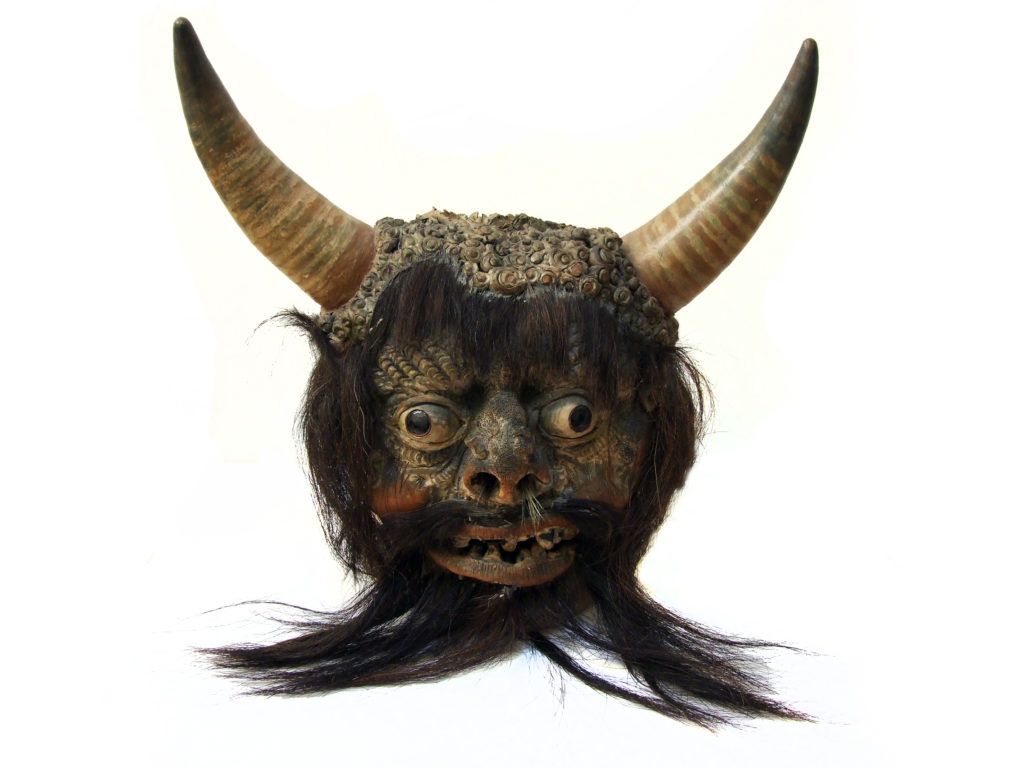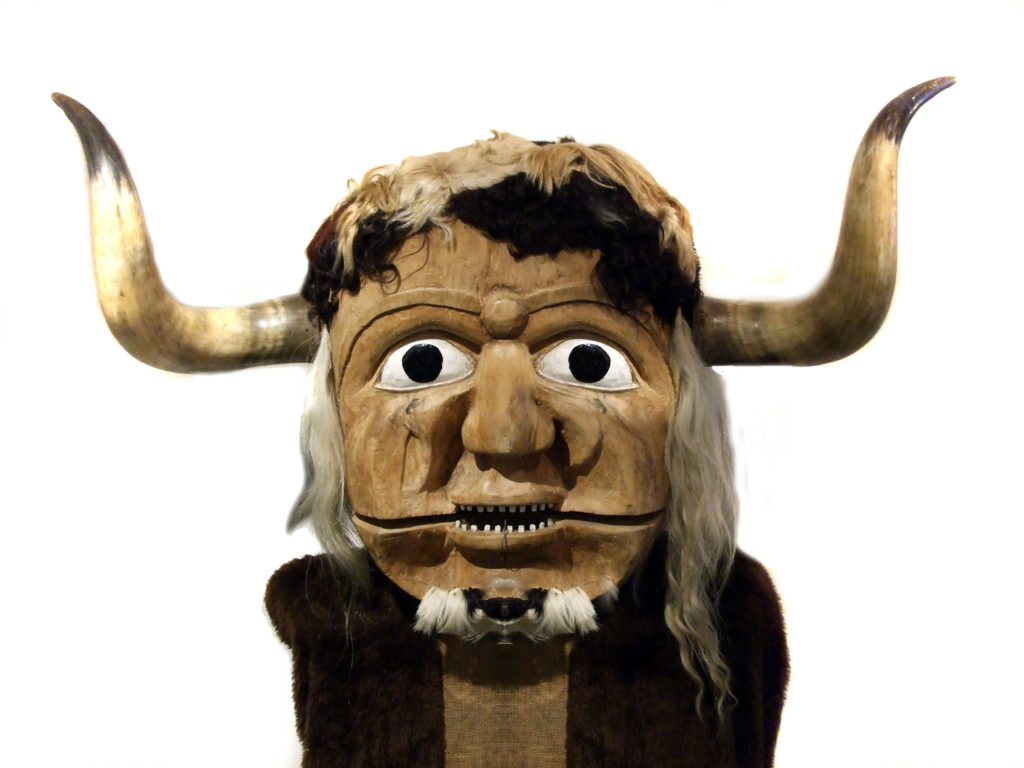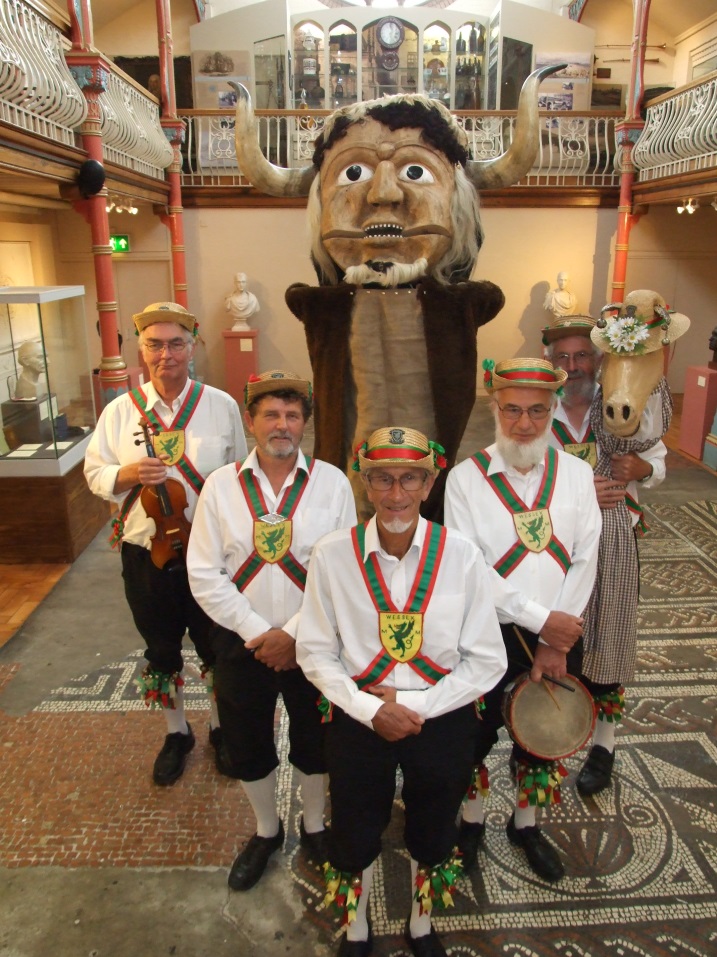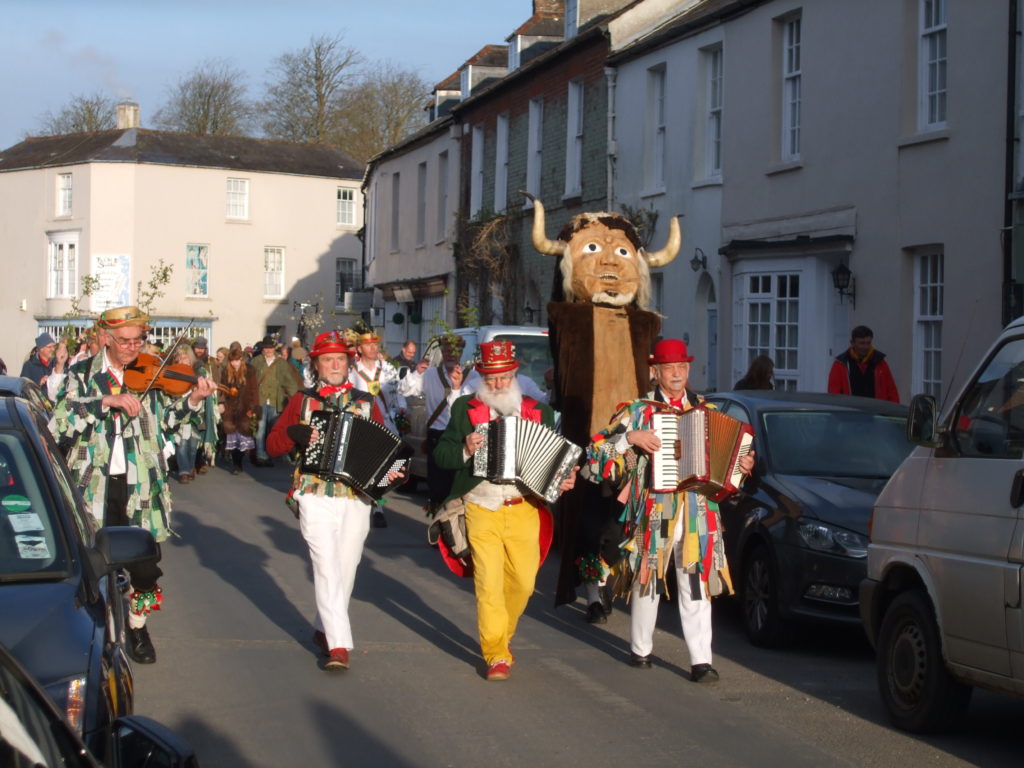The Dorset Ooser
Menacing, mystical mask made to terrify!
From: Dorset Museum & Art Gallery
The ooser is part of 18th-19th century Dorset folk culture. The menacing masks were used in traditional midwinter and May Day gatherings. The purpose was either to light-heartedly scare people in village revels, or to humiliate those who were deemed to have behaved immorally.

